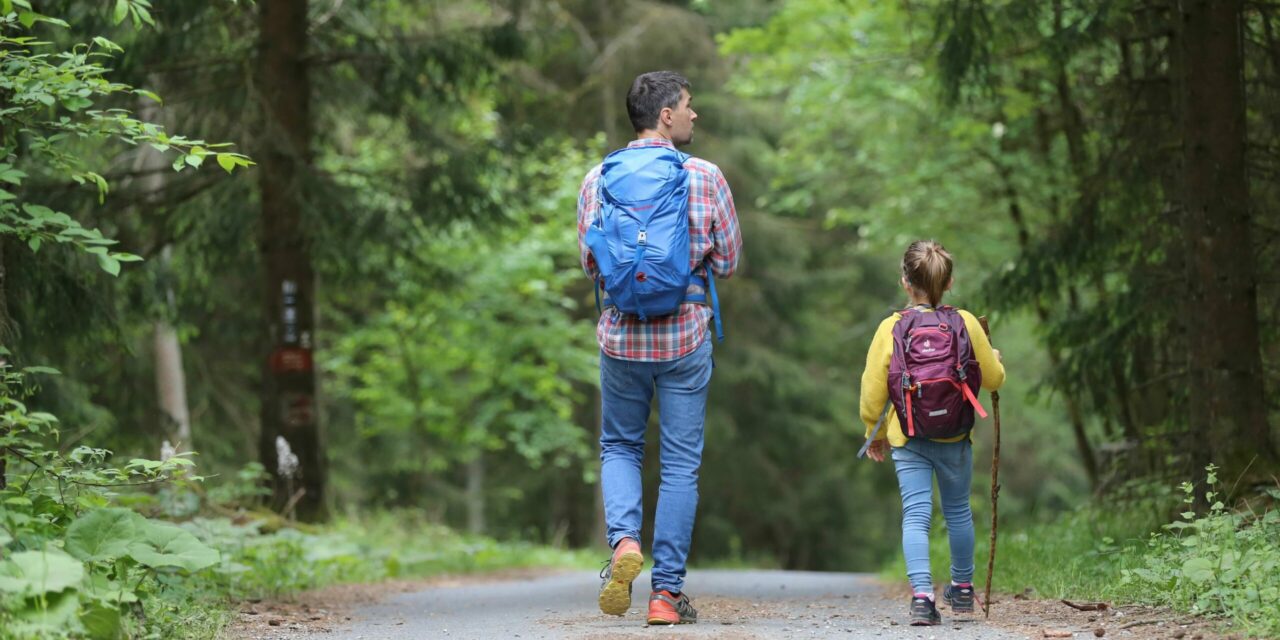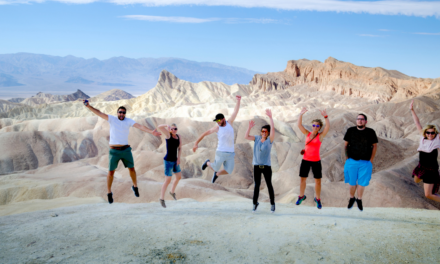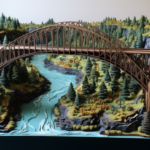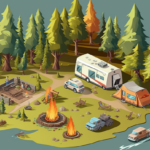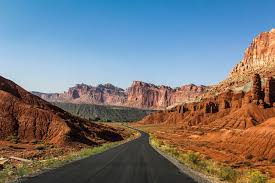Hiking with kids is a lot different than hiking on your own. When you’re hiking with kids, the focus shouldn’t be on the destination but on the journey. Take time along the way to notice the wildlife and natural landscape. Let the kids play around and don’t be so concerned about reaching a certain point along the trail that you forget that you are all there to have fun. Use these five tips to make hiking with kids a little easier and a lot more fun:
1. Lower your expectations – Depending on how young your kids are, you might not even hike a mile even if you’re out hiking for a whole morning. Kids do things on their own schedules and of course can’t walk as far or as fast. Be willing to let go of your goal to reach a certain destination and just go for a walk in the woods or the fields with your kids.
2. Choose appropriate trails – Choose short, easy trails when you’re hiking with kids. Kids are not going to be able to handle high elevations or difficult climbs so make sure that you use trails that are marked for beginners or marked as being appropriate for kids. Pick trails that have a lot of wildlife or that have ponds, lakes, forests or large open fields so that the kids will have lots of things to look at and explore.
3. Rest a lot – Take breaks every 10 or 15 minutes. Kids get tired a lot faster than adults and they will need to stop and take a breather more frequently than you. When you stop to take a quick rest encourage them to drink water or sports drinks so they don’t get dehydrated. Take advantage of these rest breaks and use them as a time to point out certain flowers or talk about the wildlife in the area.
4. Bring extra clothes – Kids get cold a lot faster than adults, especially if they’re wet. In a matter of seconds, a child can go from safely exploring the edge of a pond or stream to being soaking wet. Keep an extra set of clothes, a jacket or sweater, and at least two pairs of dry socks in your pack for your child.
You should also keep an extra hat for your child, sunscreen, and plenty of water or sports drinks in your pack so that your child won’t get heatstroke, sunburned, or dehydrated during the course of the hike.
5. Look for educational opportunities – There’s no better place to teach your children about science and the natural world then out in the natural world. Be patient and flexible and embrace opportunities to teach your kids about nature as they come up. For example if a turtle crosses the path in front of you, take the time to watch the turtle for awhile and teach your children about turtles.
Or if you see animal tracks in the dirt, show your child the tracks and try to figure out what animal made the tracks. Part of the joy of a family camping vacation is experiencing the natural world together. Don’t miss out on that!


